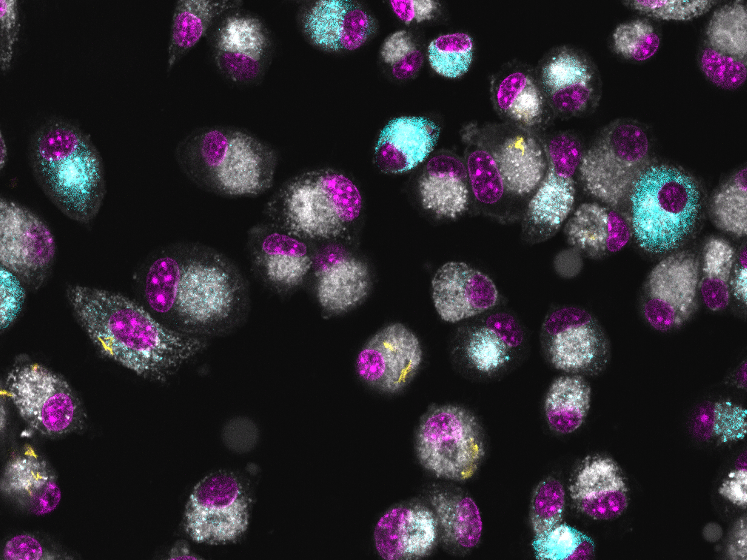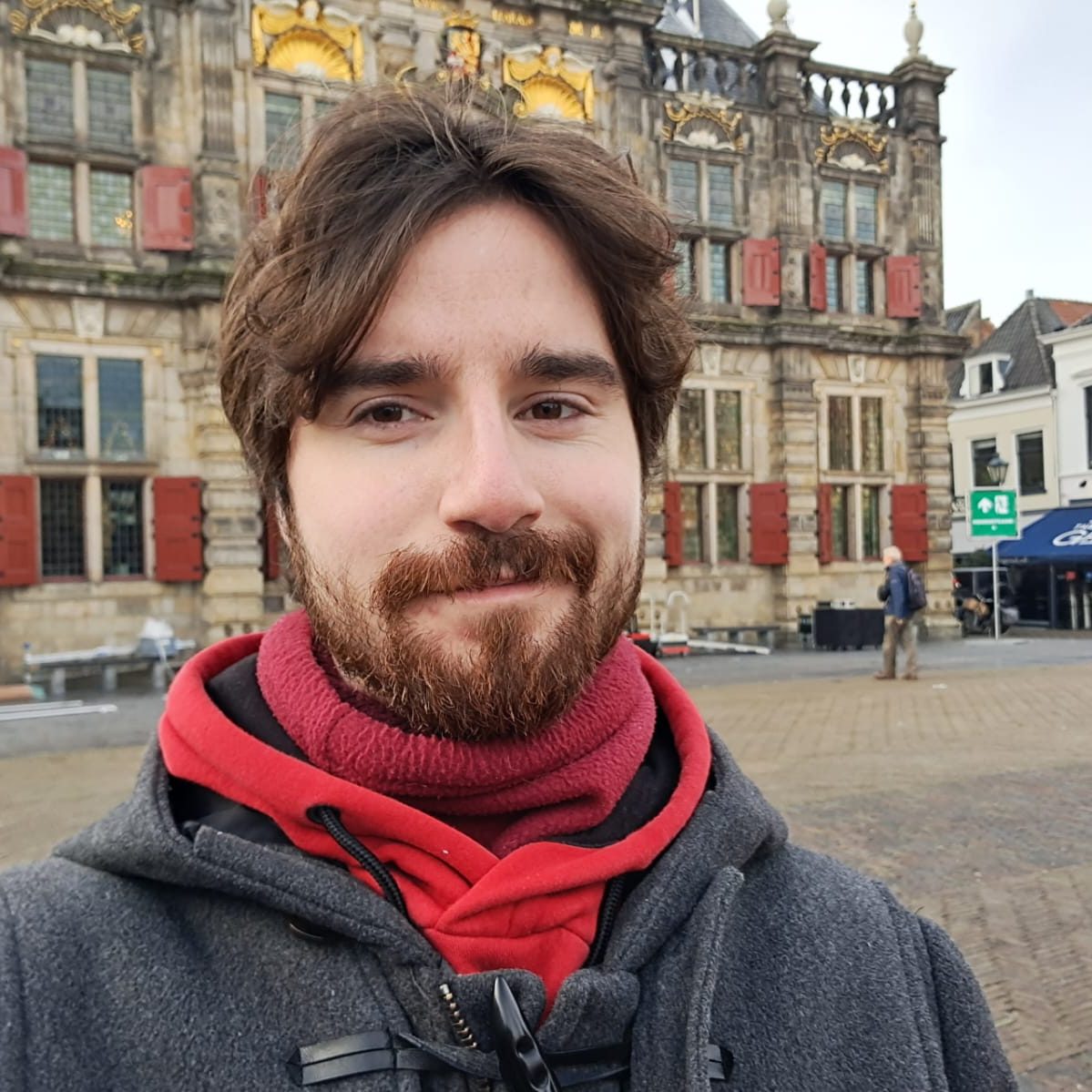Infection and Cell Senescence

Cellular senescence is a process characterized by irreversible cell cycle arrest and altered secretory profiles, which may contribute to chronic inflammation and tissue damage, complicating the body’s response to infectious agents.
We are pioneering the infection-induced senescence in macrophage, as senescent macrophages can exhibit diminished ability to clear pathogens and may even perpetuate inflammation through the senescence-associated secretory phenotype (SASP). This phenomenon can create a pro-inflammatory microenvironment that enhances pathogen survival and leads to a cycle of immune dysfunction, especially in chronic infections.
Furthermore, the polarization of macrophages into M1 (pro-inflammatory) and M2 (pro-repair) phenotypes is influenced by both infection and senescence. While M1 macrophages are crucial for combating acute infections, the presence of senescent cells can shift macrophage polarization toward the M2 phenotype, which may hinder effective immune responses and promote tissue repair but could also contribute to fibrosis in the long term.
This delicate balance underlines the importance of understanding the dynamics of macrophage behavior in the context of infections and cellular aging. The significance of these interactions lies in their implications for therapeutic strategies aimed at modulating immune responses in chronic infections and age-related diseases. Targeting the mechanisms that regulate macrophage senescence may offer new avenues for enhancing host defense against pathogens and improving tissue repair processes, thereby addressing the complex challenges posed by both infection and senescence.
The team working on the project
The sponsors of the project







